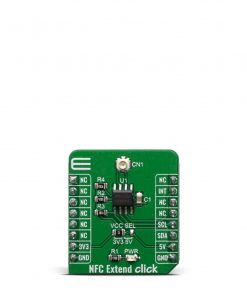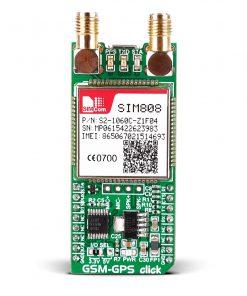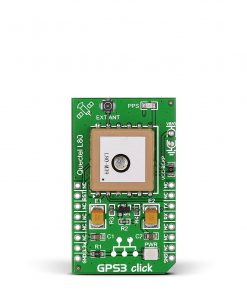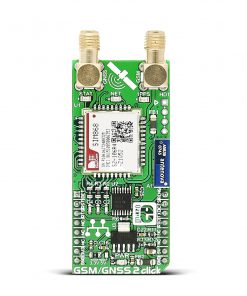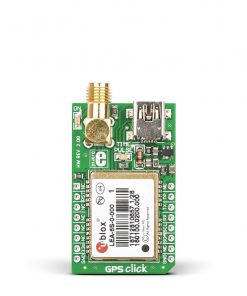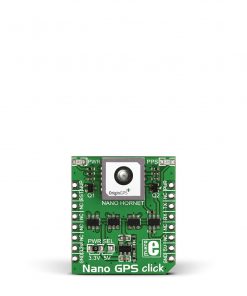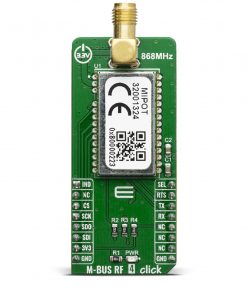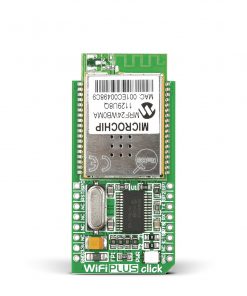NFC 7 Click – I2C
R680.00 ex. VAT
NFC 7 Click – I2C is an add-on board that integrates NFC functionality in various applications. This board features the PN7160 (PN7160A1HN/C100), a Near Field Communication (NFC) controller from NXP that is compliant with NFC Forum and NCI 2.0 standards. The board features an I2C communication interface, low-power consumption modes, and a new-generation RF contactless front-end design with high sensitivity and dynamic load modulation for reliable communication. It supports multiple NFC standards, including ISO/IEC 14443, ISO/IEC 15693, MIFARE, and FeliCa, and offers standalone card emulation functionality. Ideal for mobile devices, wearables, personal digital assistants, consumer electronics, and smart home gateways, NFC 7 Click ensures efficient and versatile NFC performance for modern applications.
NFC 7 Click is fully compatible with the mikroBUS™ socket and can be used on any host system supporting the mikroBUS™ standard. It comes with the mikroSDK open-source libraries, offering unparalleled flexibility for evaluation and customization. What sets this Click board™ apart is the groundbreaking ClickID feature, enabling your host system to seamlessly and automatically detect and identify this add-on board.
NOTE: This product is also available in an SPI interface version. For more information, please visit the NFC 7 Click – SPI product page.
Stock: Lead-time applicable.
| 5+ | R646.00 |
| 10+ | R612.00 |
| 15+ | R578.00 |
| 20+ | R556.24 |

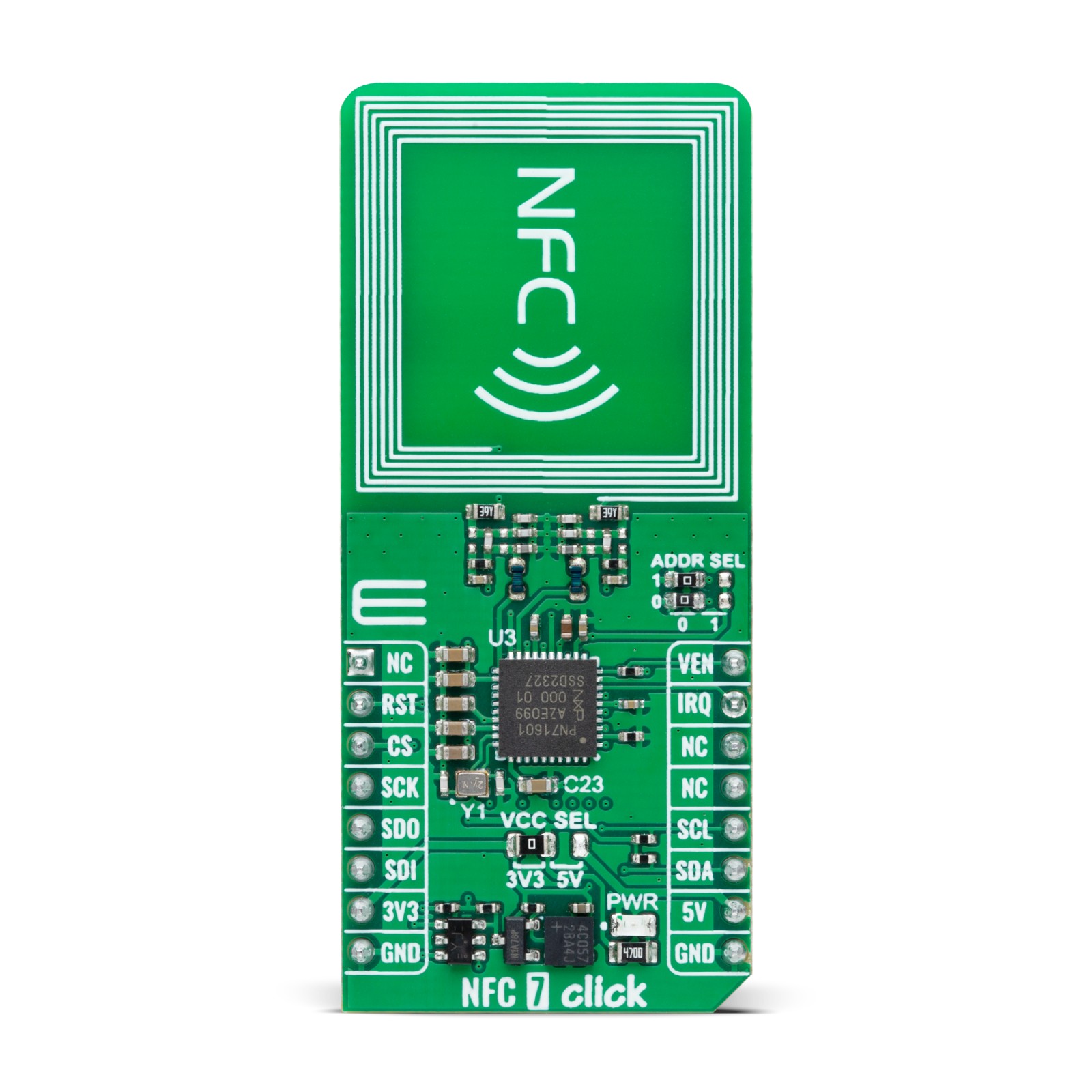
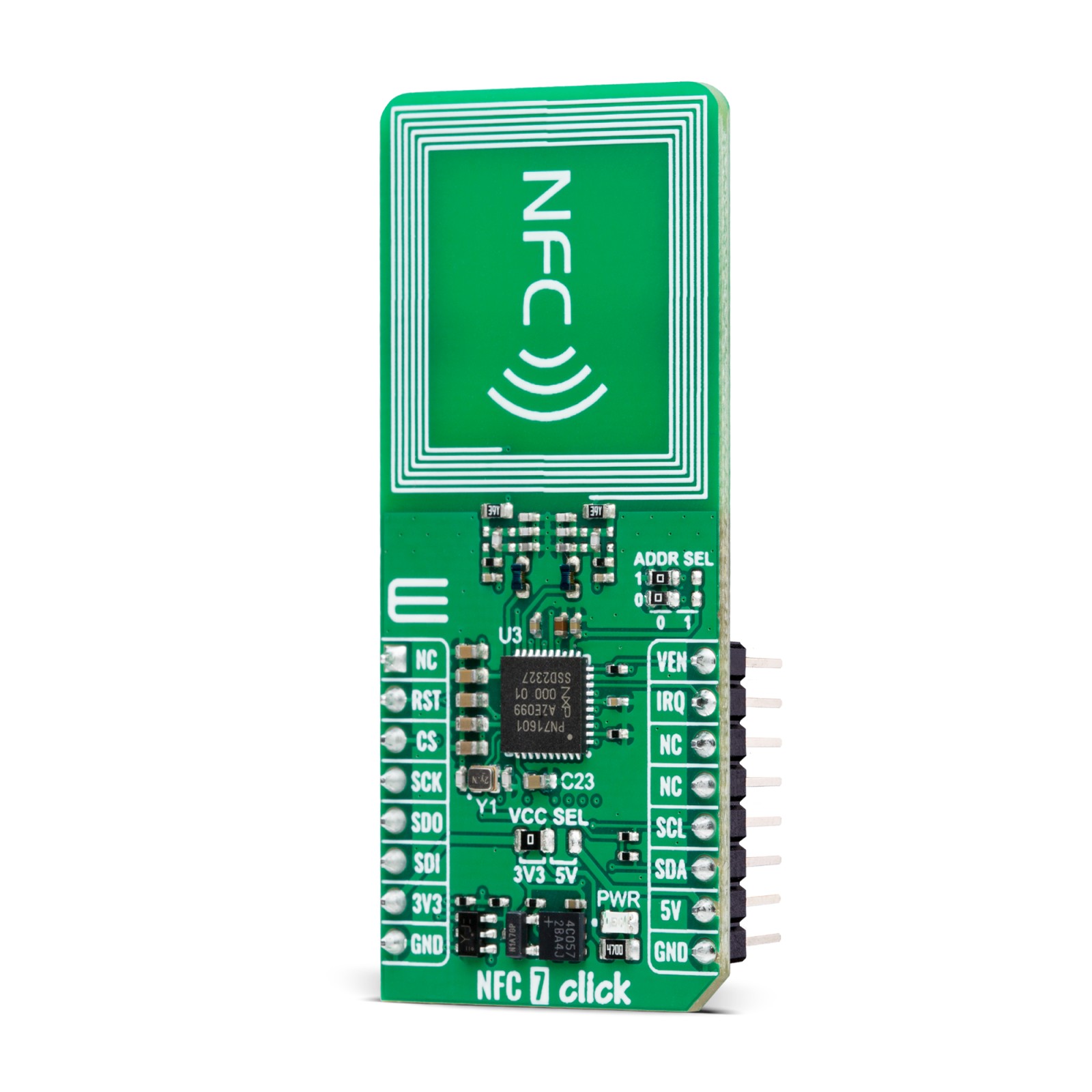
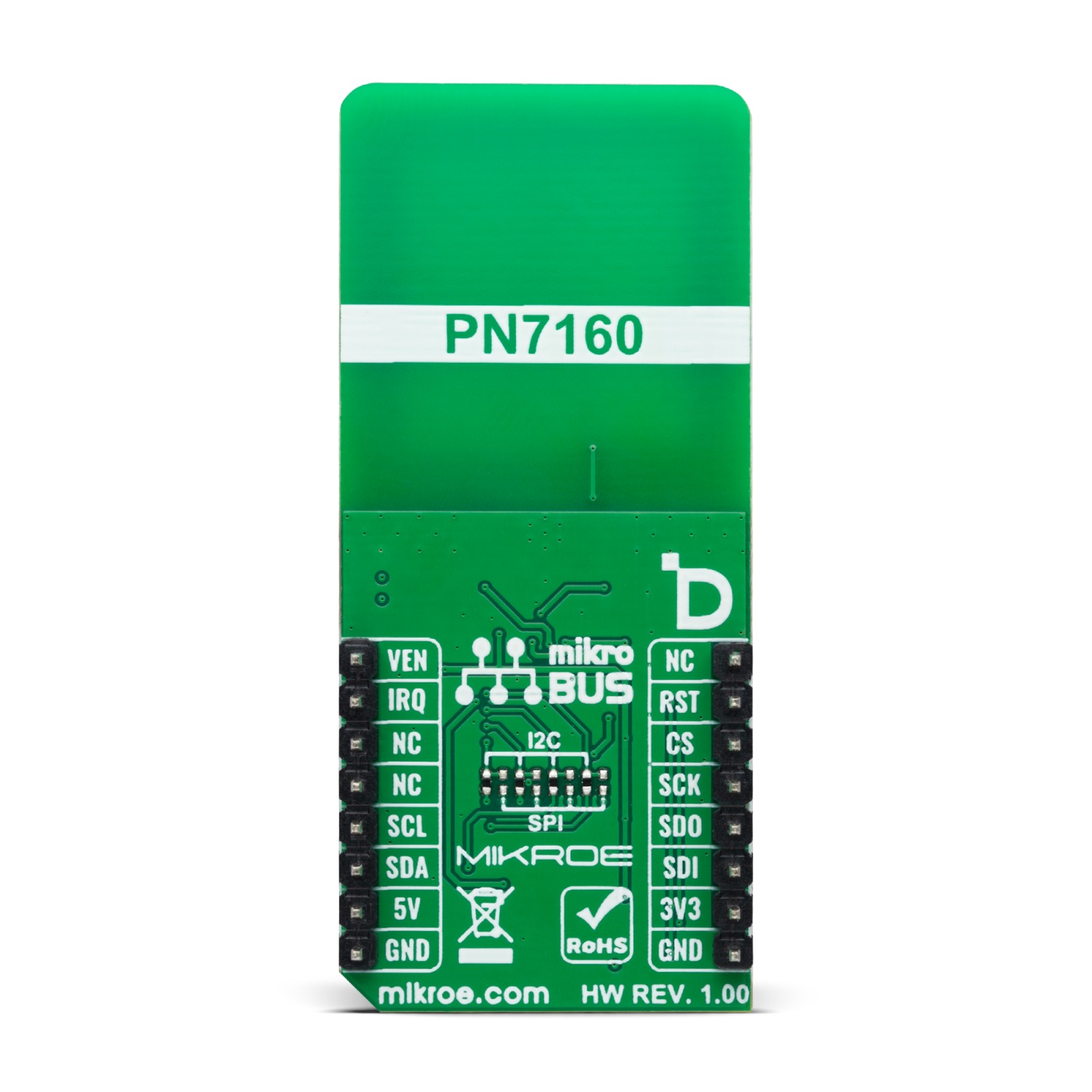
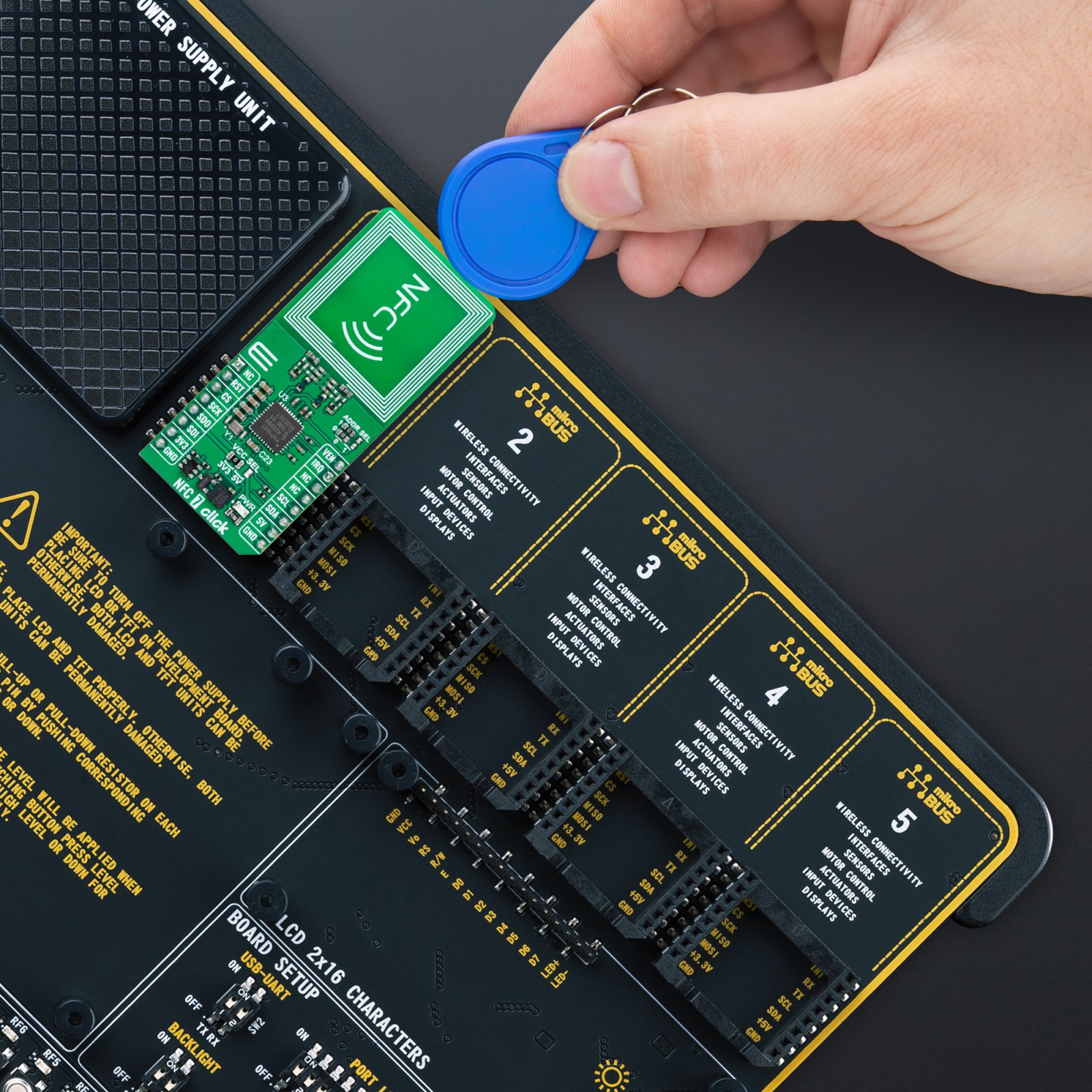
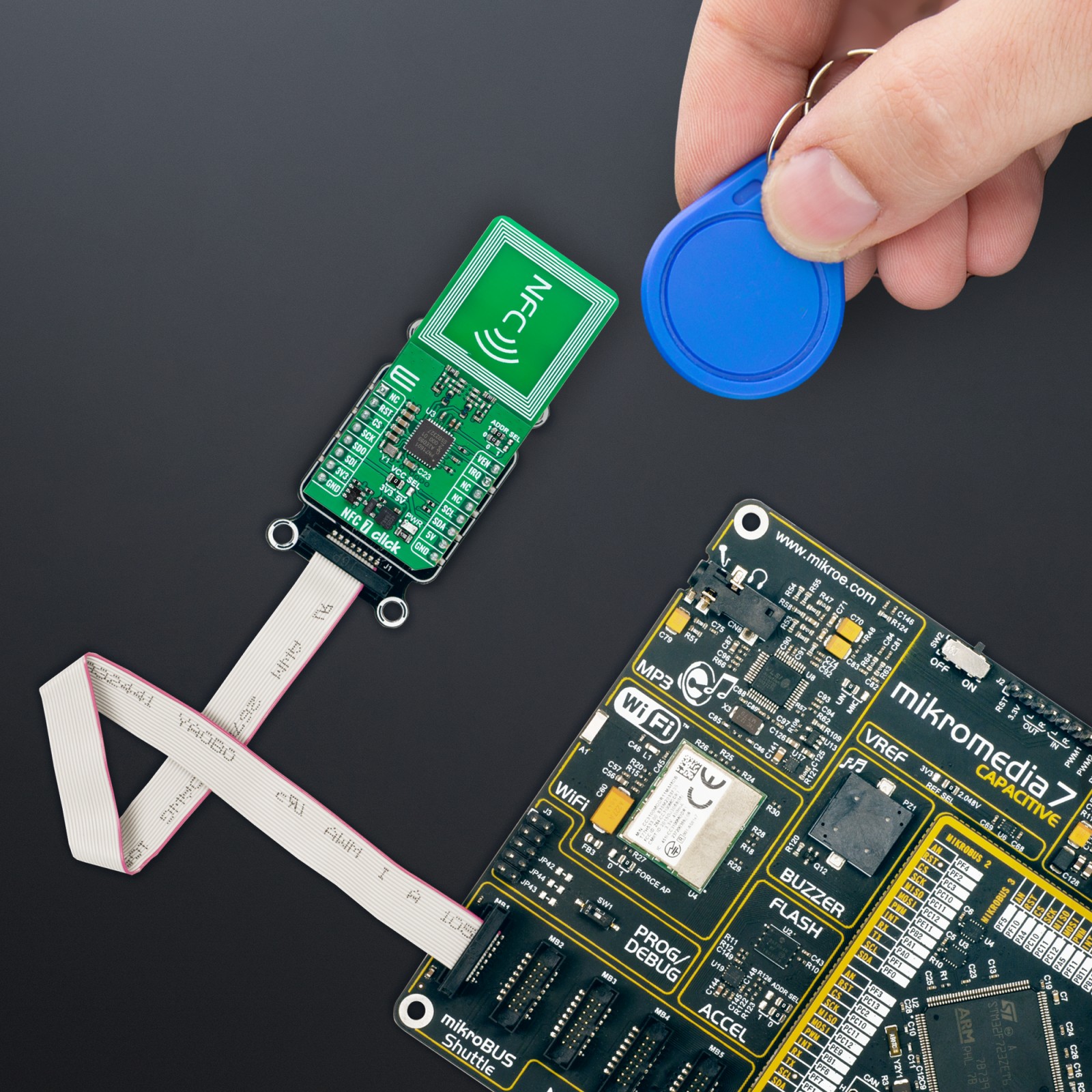
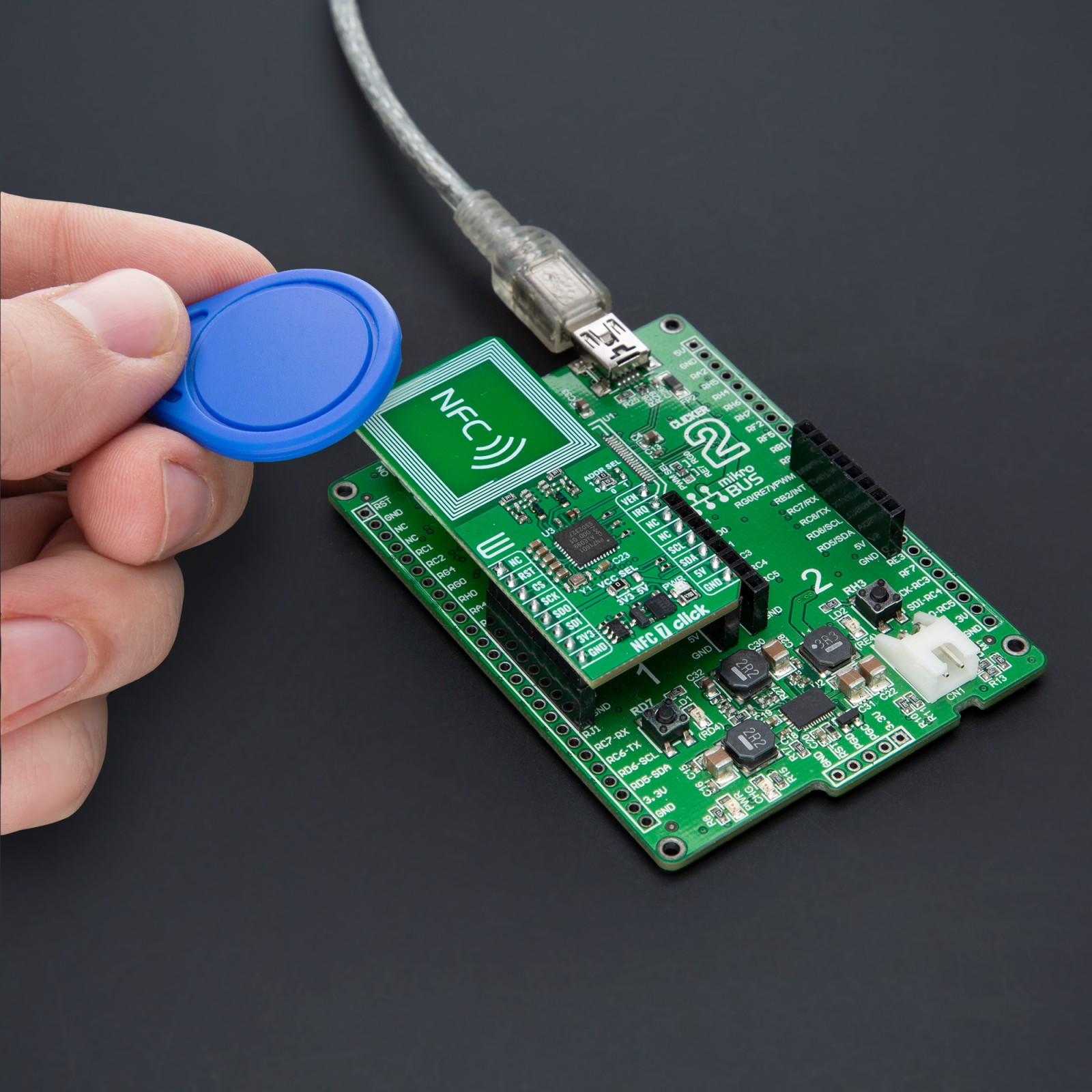
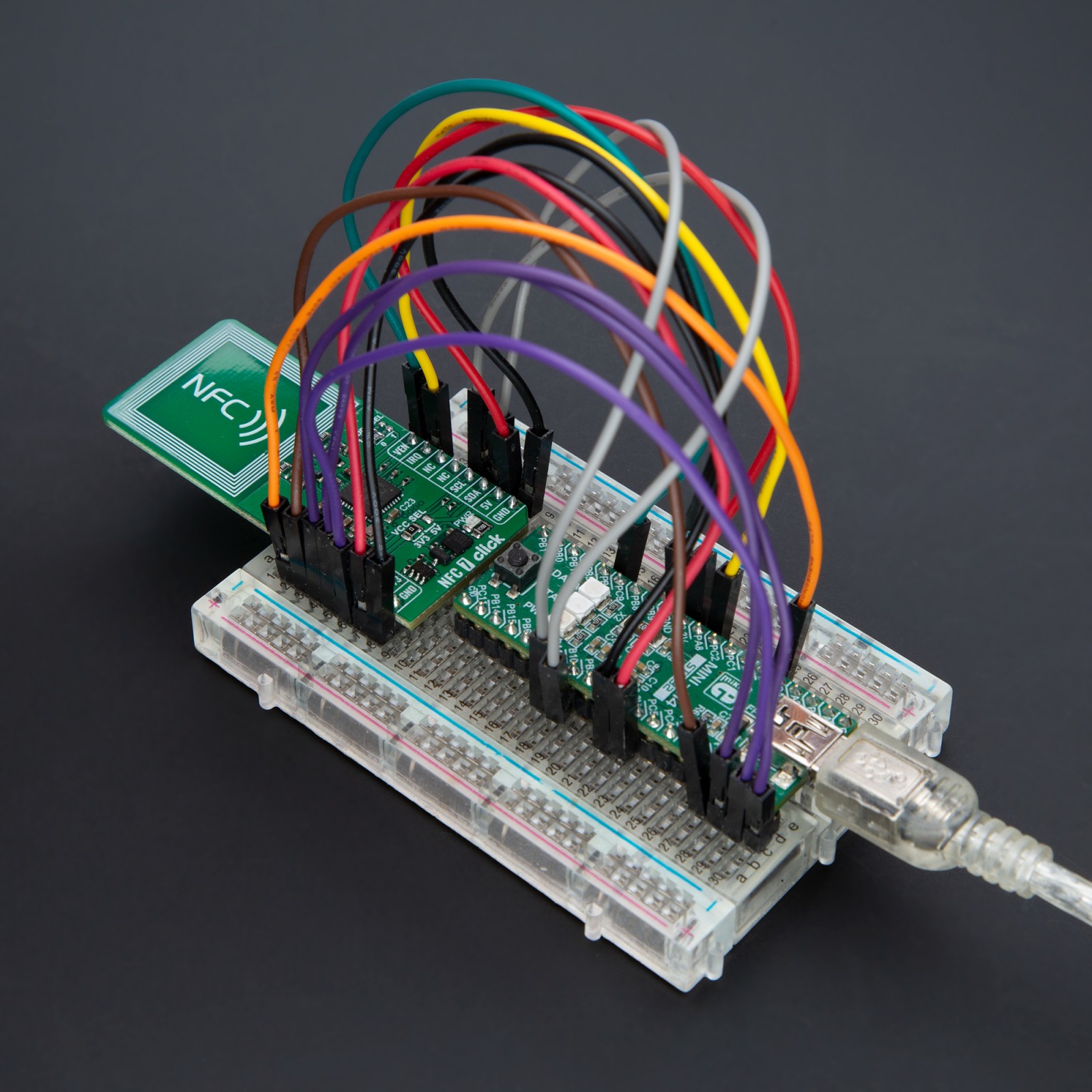
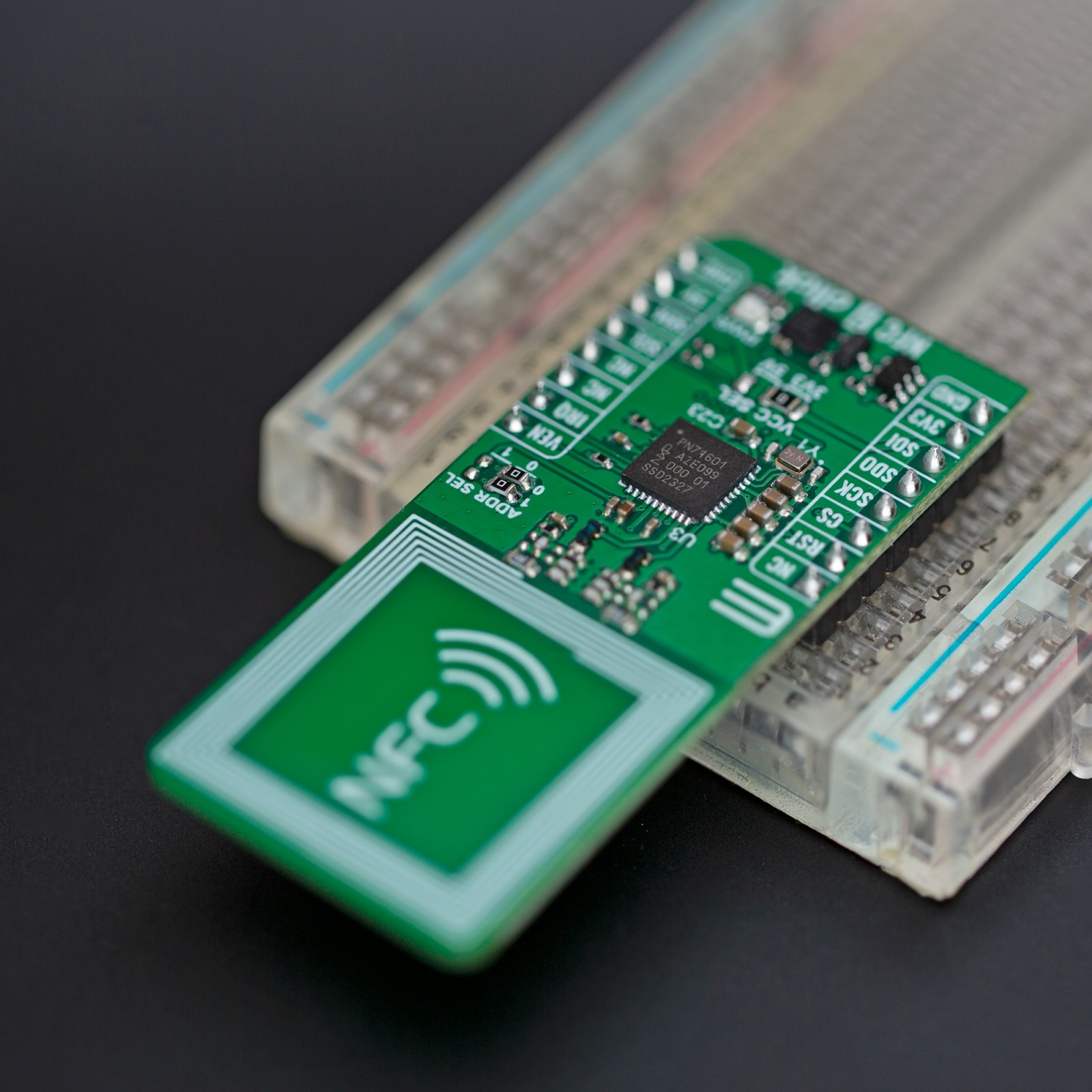
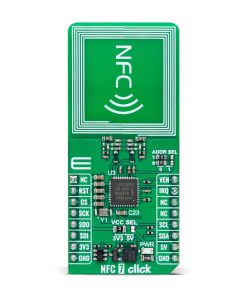
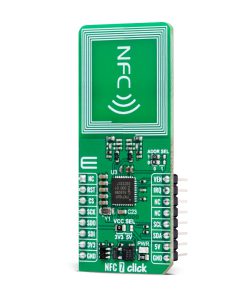
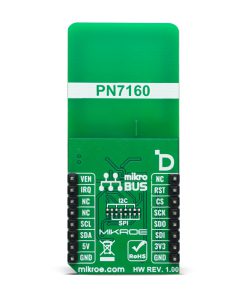
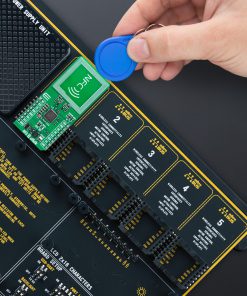
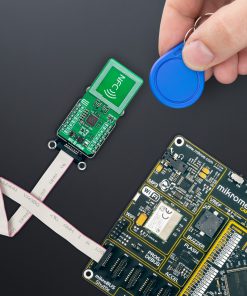
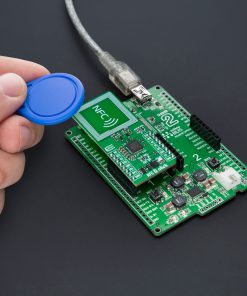
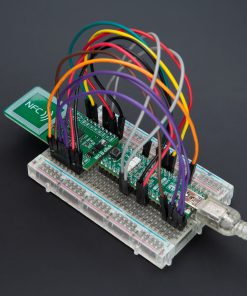
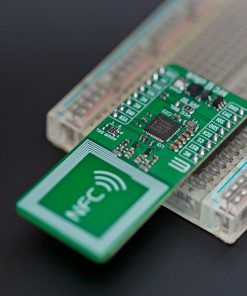
.jpg)

